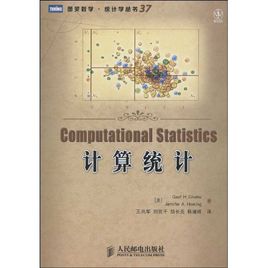
Variable trees are a new method for the exploration of discrete multivariate data. They display nested subsets and corresponding frequencies and percentages. Manual calculation of these quantities can be laborious, especially when there are many multi-level factors and missing data. Here we introduce variable trees and their implementation in the vtree R package, draw comparisons with existing methods (contingency tables, mosaic plots, Venn/Euler diagrams, and UpSet), and illustrate their utility using two case studies. Variable trees can be used to (1) reveal patterns in nested subsets, (2) explore missing data, and (3) generate study flow diagrams (e.g., CONSORT diagrams) directly from data frames, to support reproducible research and open science.
翻译:变量树是探索离散多变量数据的新方法。 它们显示嵌套子群以及相应的频率和百分比。 手工计算这些数量可能非常困难, 特别是在存在许多多层次因素和缺少数据的情况下。 我们在这里引入变量树及其在 vtree R 软件包中的实施, 与现有方法( 持续数据表、 masaic 地块、 Venn/ Euler 图表 和 UpSet ) 进行比较, 并用两个案例研究来说明它们的实用性。 变量树可用于 (1) 揭示嵌套子中的模式, (2) 探索缺失的数据, (3) 直接从数据框生成研究流程图( 如 CONSORT 图 ), 以支持可复制的研究和开放科学 。


